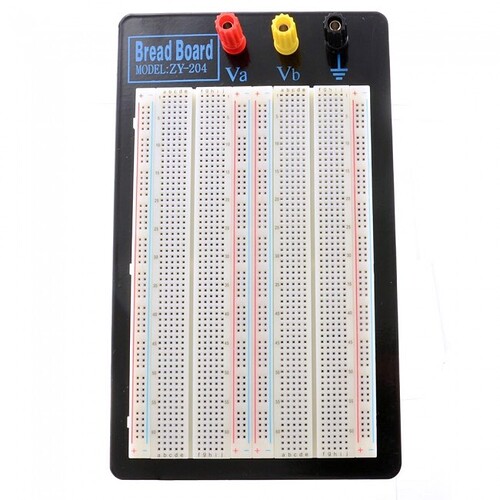Does anyone know if there is a series of projects for Arduino that specifically allow students to experience the workings of S-R, J-K, D, and T flip flops?
No idea what you are needing.
Google:
electronic circuit simulator
The absolute best whay to teach logic components, find a good schematic drawing program, have students connect and power a circuit on a solderless breadboard.
Wokwi has logic gates from which J/K and other logic functions can be assembled and simulated.
It's probably best without the Arduino. It needs to go slow, probably with LEDs so you can see what's happening.
I saw a demonstration set-up once (I think in a science museum). It had some switches & lights (LEDs?) on plexiglass panels with circuits & wiring underneath. You could push buttons or activate switches and the lights showed the various high/low states of the inputs & outputs.
It might also be helpful to have slow clock/oscillator (maybe 1Hz).
...So, far, none of my Arduino projects have needed any logic circuitry... Everything has been done in software. In fact, my 1st Arduino project came from something I was trying to do with some analog circuitry, some logic circuitry, and some "specialty" chips. I wanted to add a "feature" and the circuit design was getting rather complex. Then I thought about using a microcontroller and I discovered the Arduino. And I ended-up adding even more "features" than I could have done with logic chips.
Found circuitlab.com. Looks pretty good, but I was hoping for "hands-on" experiential learning.
it even has SR flip flop
but hands on is more fun ![]()
Its work in progress, but here's an example with user created Verilog Chip(s) ...
For beginners or young students I'd say actual logic-chips and switches, buttons, and LEDs are best (and the most fun). Once you know the basics of electronics, logic voltage levels, etc., you can just look at a truth table or a datasheet.
...I remember studying flip-flop truth tables in college. I'm sure we had a lab experiment where we had to hook-up flip-flops them up but I don't remember that. And by that time, I understood enough electronics and I understood what the truth-table was saying so I didn't really need to do the experiments.
I don't actually remember exactly how to use a J-K flip-flop. I just remember that it can be configured in different ways so I'd have to dig-out the datasheet. You're always going to need the datasheet anyway to check the pinout and to figure-out if it's negative-edge triggered, etc. details.
BTW
Make sure you teach the need of and use of decoupling capacitors.
This is for college-level CS students in the Computer Organization and Architecture course. Of course, I teach binary logic and most of the common gates and such, but right now we're using Arduino for "generic" electronics experience, and I want to make it more for reinforcing concepts. It's s fun course, but could be better and more fun for the students.
I like the idea of emulating logic in software for students.
It expects them to understand the logical operations, as well as a relatively simple code project to perform the emulation.
A neat teach, do, understand opportunity.
so what are you looking for exactly ? a software flip flop virtual library ?
Good point.
I was really excited to get hold of my first 74 series logic gates after reading about Boolean algebra in a book I found in the school library. Flip flops and shift registers came next. Loved what I could get them to do. Favourite was exclusive or feedback on a shift register to create a pseudo random sequence. Gold ![]()
Forget Arduino, get some logic gates and other stuff and let your students see what it does.
Some of this might be of interest, can be programmed using the Arduino IDE ...
Yeah, maybe so.
Thanks!
For future reference, you might get some ideas from these posts:
OMG, that's gonna be a serious time sink. I looked at the *.json file to confirm my suspicion, no Arduino present, empty setup() and loop()…
a7
